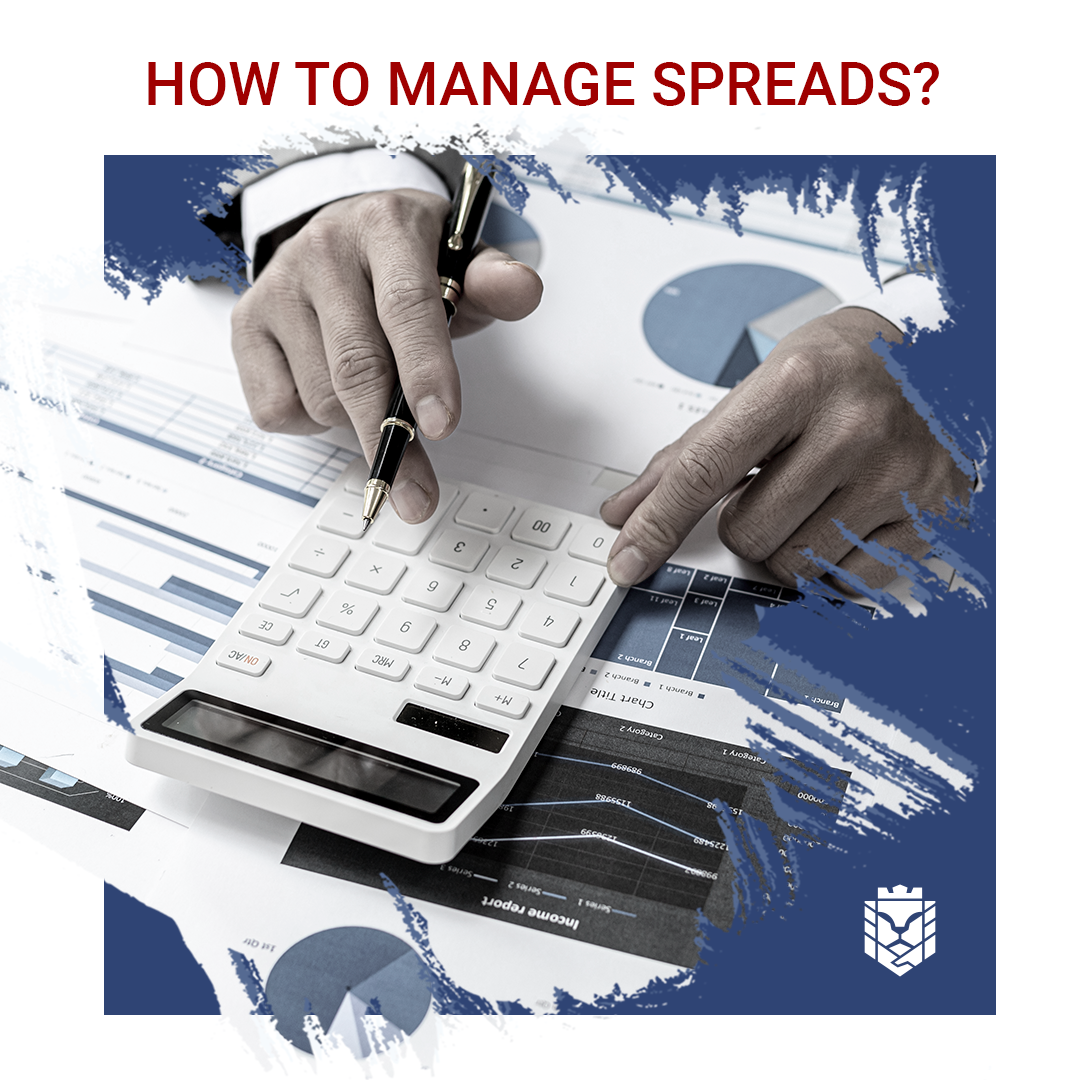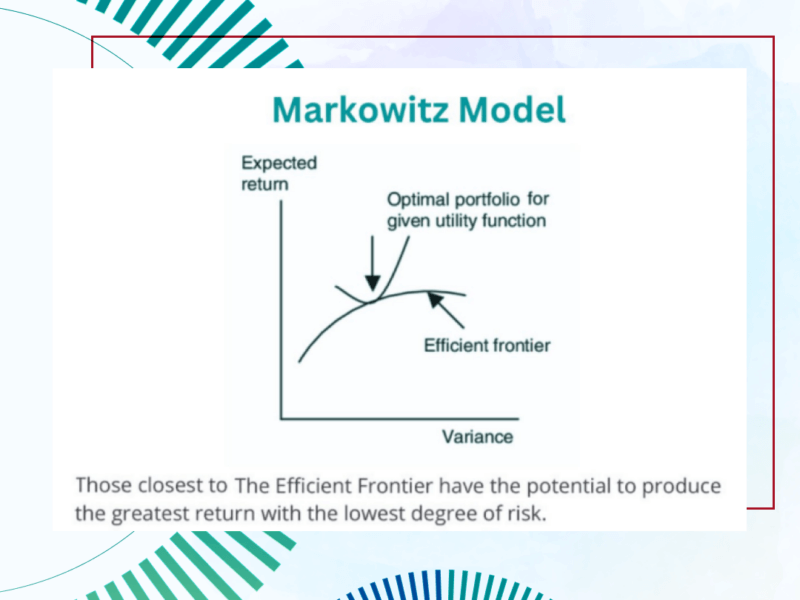Managing spreads is essential while trading. What is more, they can present a valuable source of information, too.
Intuitively, good or bad news should not systematically affect the spread. Both bid and ask prices should adjust in the same direction in response to traders receiving buy or sell orders reflecting a particular news event. However, greater uncertainty about the future of the spot rate due to greater volatility is likely to widen the spread.
Banks take a position in the foreign exchange market based on the information advantages gained through their transactions with customers, as well as informational asymmetries in relation to the fundamental factors underlying the determination of the spot exchange rate.
The difference between two prices, the spread between supply and demand, reflects three factors:
1. Transaction costs.
2. The bank’s profit from providing liquid services to create a market.
3. Compensation to the market maker for taking an open position and facing the risk of an adverse change in the exchange rate while the position is open.
Risk changes over time. The greatest expansion of spreads occurs at the end of the year, as well as during times of crisis.
One of the factors affecting the size of the spread is the number of transactions in the market and volatility. It is assumed that the number and volume of transactions in the market are inversely related to the spread since the fewer transactions and their volume, the longer the market maker can hold an open position, the greater the risk, and the greater the spread. The second factor affecting the risk component of spreads is volatility. The riskiness of holding an open position increases with the likelihood of an exchange rate change and the size of its change. As a result, spreads widen on Fridays, weekends and holidays as a lagging position stays open longer than overnight.
The volatility parameter can be high and low values of the exchange rate. Significant price differences demonstrate the disagreement of traders in the assessment of the instrument. Significant differences in estimates present the instability of the current situation.
Also, to predict volatility, it is necessary to consider not only the short-term but also the long-term period. There is an assumption that market makers predict volatility based on long-term trends (sixty-three days) rather than short-term ones.
The RSI index (relative strength index) shows the degree of overbought and oversold currency. Entering any of the boundaries of the index is accompanied by an increase in spreads, as it indicates an unstable situation in the market when the market is expected to stabilize due to changes in rates and actions of buyers.
The spread management to make a good trade is complex. ISEC WM considers the abovementioned factors significant and is always willing to find the additional sources indicating the trends.
Risk Warning: The information in this article is presented for general information and shall be treated as a marketing communication only. This analysis is not a recommendation to sell or buy any instrument. Investing in financial instruments involves a high degree of risk and may not be suitable for all investors. Trading in financial instruments can result in both an increase and a decrease in capital. Please refer to our Risk Disclosure available on our web site for further information.



That’s so good that as a client of this company I don’t need to bother myself with any investment or trading nuances such as spreads in this article. They took care about my portfolio and I’m just waiting for a positive outcome in the long term. Nevertheless, I read the article with great interest cuz I’m a very curious person.